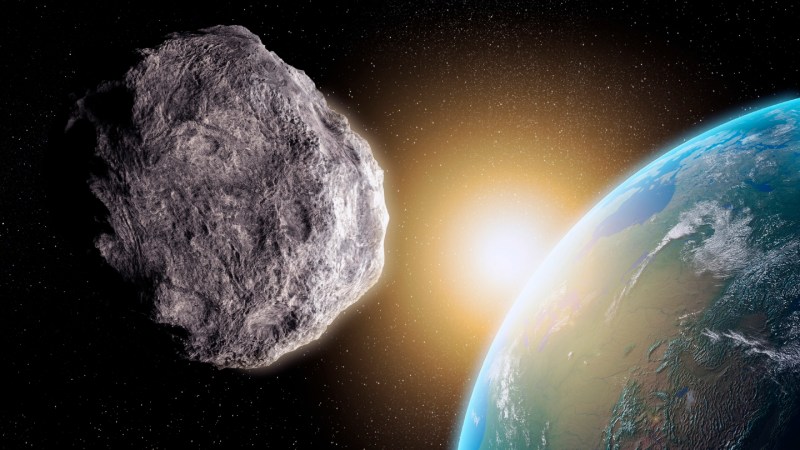
For the first time, a quantum computer has improved its results by repeatedly fixing its own mistakes midcalculation with a technique called quantum error correction.
Scientists have long known that quantum computers need error correction to meet their potential to solve problems that stump standard, “classical” computers (SN: 6/22/20). Quantum computers calculate with quantum bits, or qubits, which are subject to quantum physics but suffer from jitters that result in mistakes.
In quantum error correction, multiple faulty qubits are combined to make reliable qubits, called logical qubits, which are then used to perform the calculation. Previous efforts found that error correction made calculations worse, rather than better, or detected errors but didn’t actually fix them (SN: 10/4/21).
Now, scientists have performed repeated rounds of operations and error correction on eight logical qubits, researchers from Microsoft and the quantum computing company Quantinuum report September 10 at the Quantum World Congress in Tysons, Va., and in a paper posted online at arXiv.org. The operations performed in the calculation imbued the qubits with correlations called quantum entanglement. The corrected calculation had an error rate about a tenth that of one performed with the original, error-prone qubits, which are called “physical” qubits.
The researchers also entangled 12 logical qubits, the largest number of logical qubits ever entangled. The error rate for this entangled state was less than one-twentieth that of the equivalent state achieved using the computer’s initial faulty, physical qubits.
“Error correction is working; this is huge,” says computer scientist Krysta Svore of Microsoft. “This is the direction we need to go for reliable quantum computing.”
The researchers used a quantum computer developed by the company Quantinuum, with 56 qubits made from electrically charged atoms, or ions. Those qubits were combined to make the logical qubits.
For correcting errors, a variety of schemes exist, and each one can fix a certain number of mistakes. The device in the study used an error correction scheme that was able to fix only one error. If the computer made two errors, the researchers were unable to fix the mistake, and they instead detected the mistakes and threw the result away to avoid inaccurate results.
In another recent milestone, researchers from Google reported August 24 at arXiv.org that error correction increases the length of time a qubit can store information in memory, though the team didn’t perform calculations with it. Taken together, the Microsoft and Google results are “showing that error correction works like we expect,” says Ken Brown, a quantum engineer at Duke University and a scientific adviser for the quantum computing company IonQ. “That’s really promising.”
But more improvements are needed. The Microsoft result falls short of demonstrating a universal quantum computer, one that can perform all the operations that a quantum computer is capable of. “That’s the next big challenge, is getting enough resources … that you can actually do full universal quantum computing on many logical qubits,” Brown says.
In another study, Microsoft researchers combined high-performance classical computing, artificial intelligence and quantum computing to perform a chemistry calculation. The calculation can be done without a quantum computer, but the study was a proof of concept. The calculation used two logical qubits, and the researchers found that the results were improved compared with a calculation performed with the error-prone physical qubits.
In the future, when quantum computers have more logical qubits, such chemistry calculations could unlock secrets that classical computers can’t access. Scientists hope the machines might reveal how to make fertilizer more efficiently, or how to extract carbon out of the atmosphere to combat global warming. “At the core, we want to save and feed our planet,” Svore says.
#quantum #computer #corrected #errors #improving #calculations
Image Source : www.sciencenews.org


